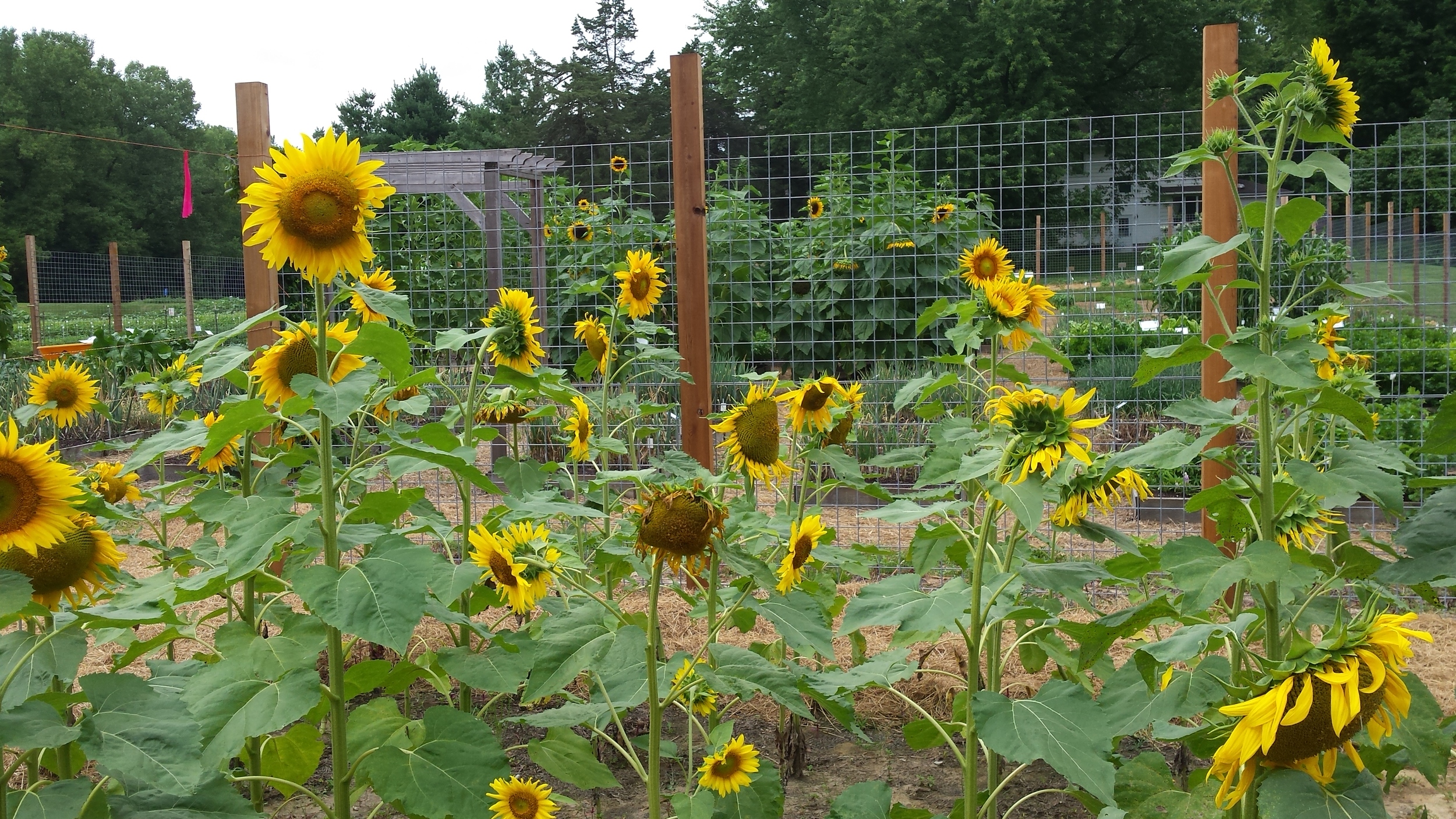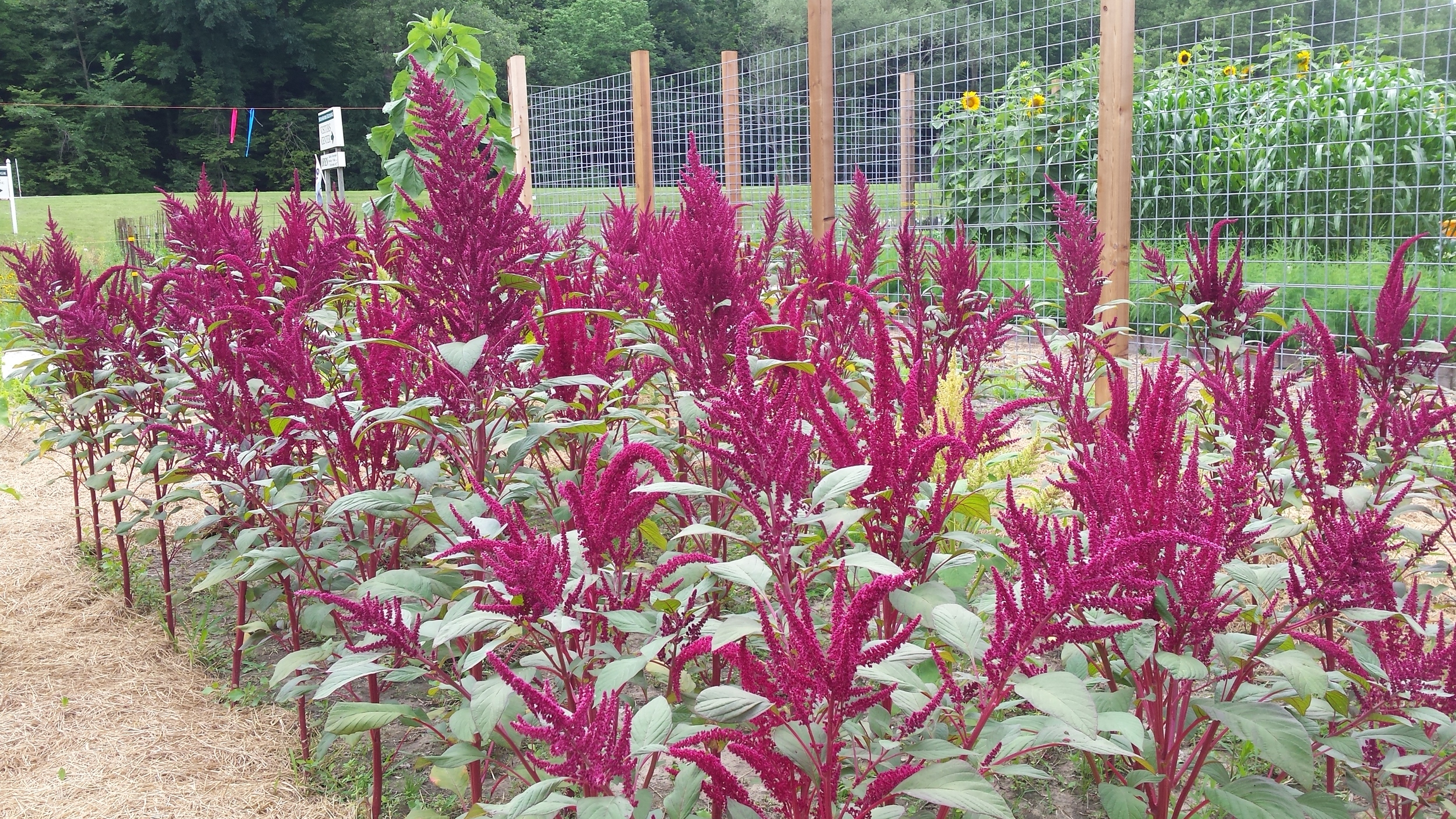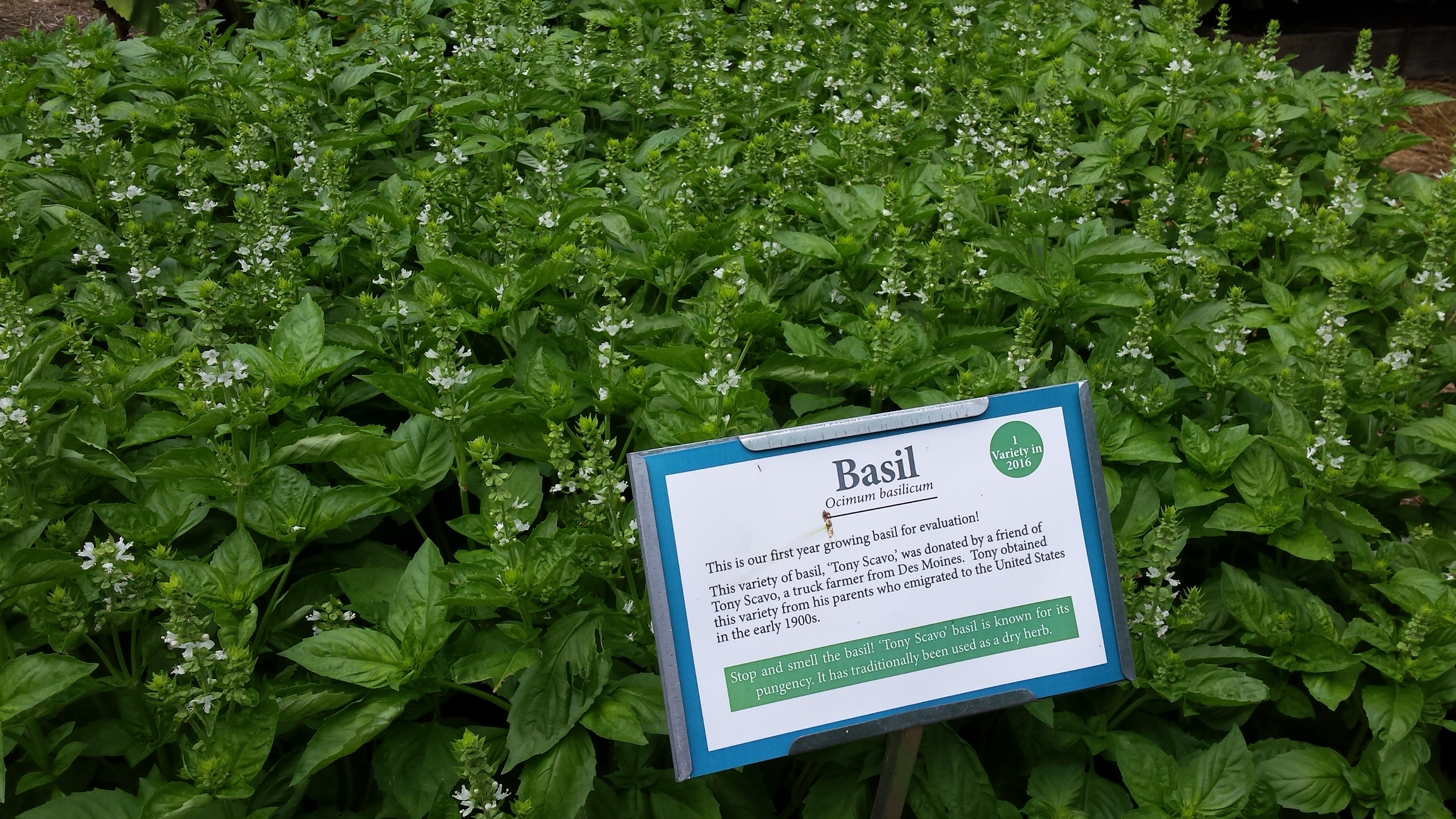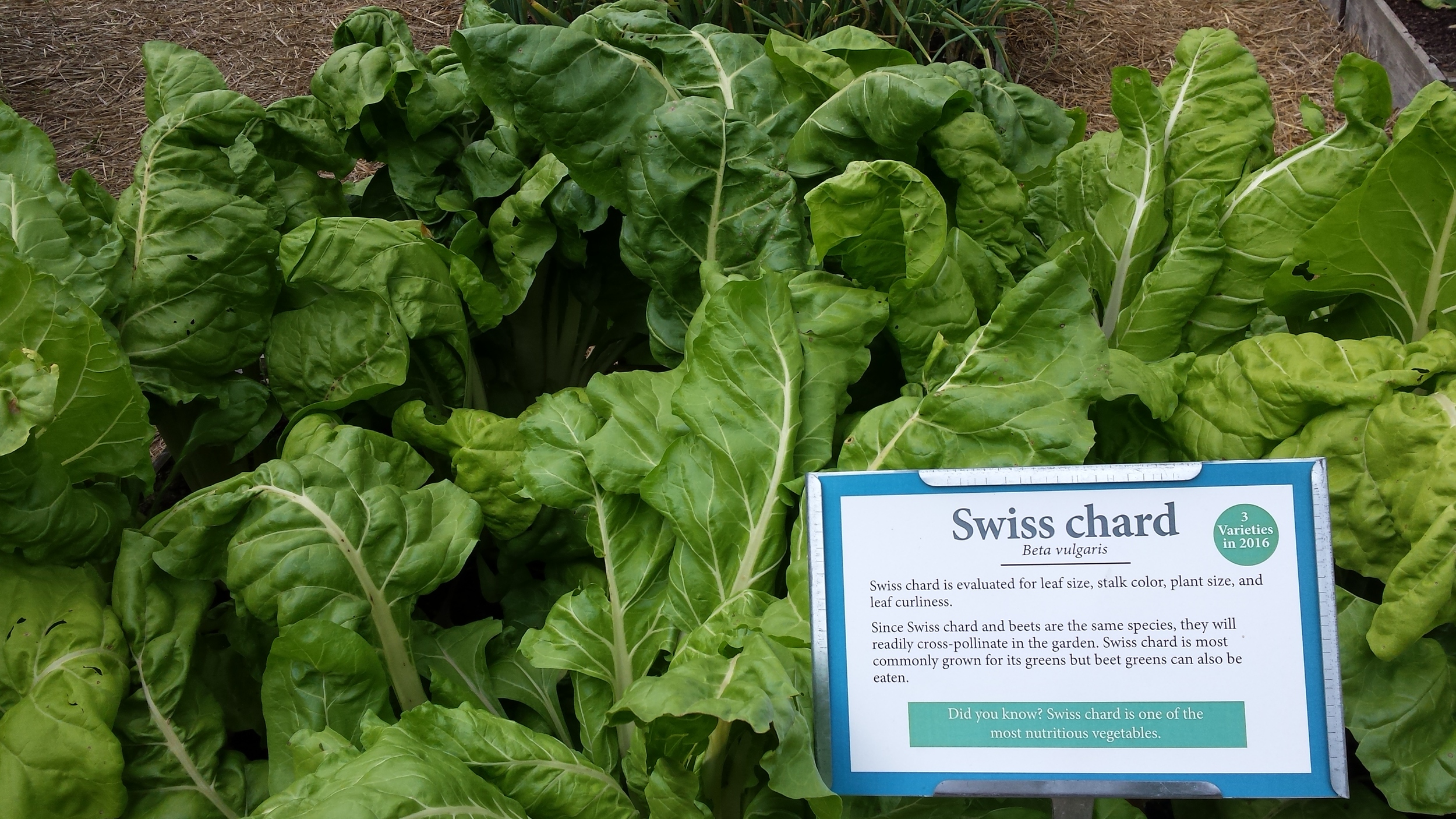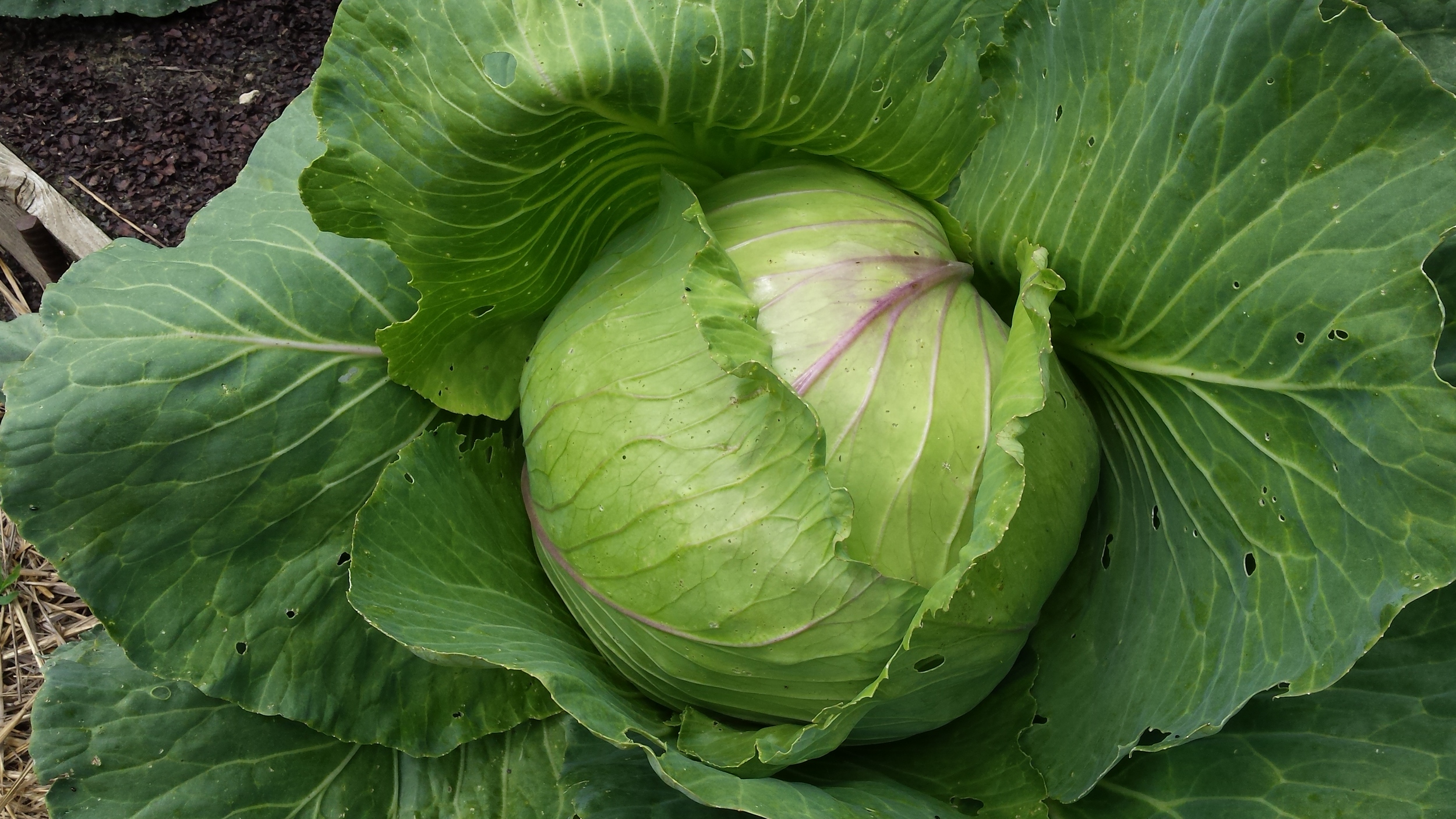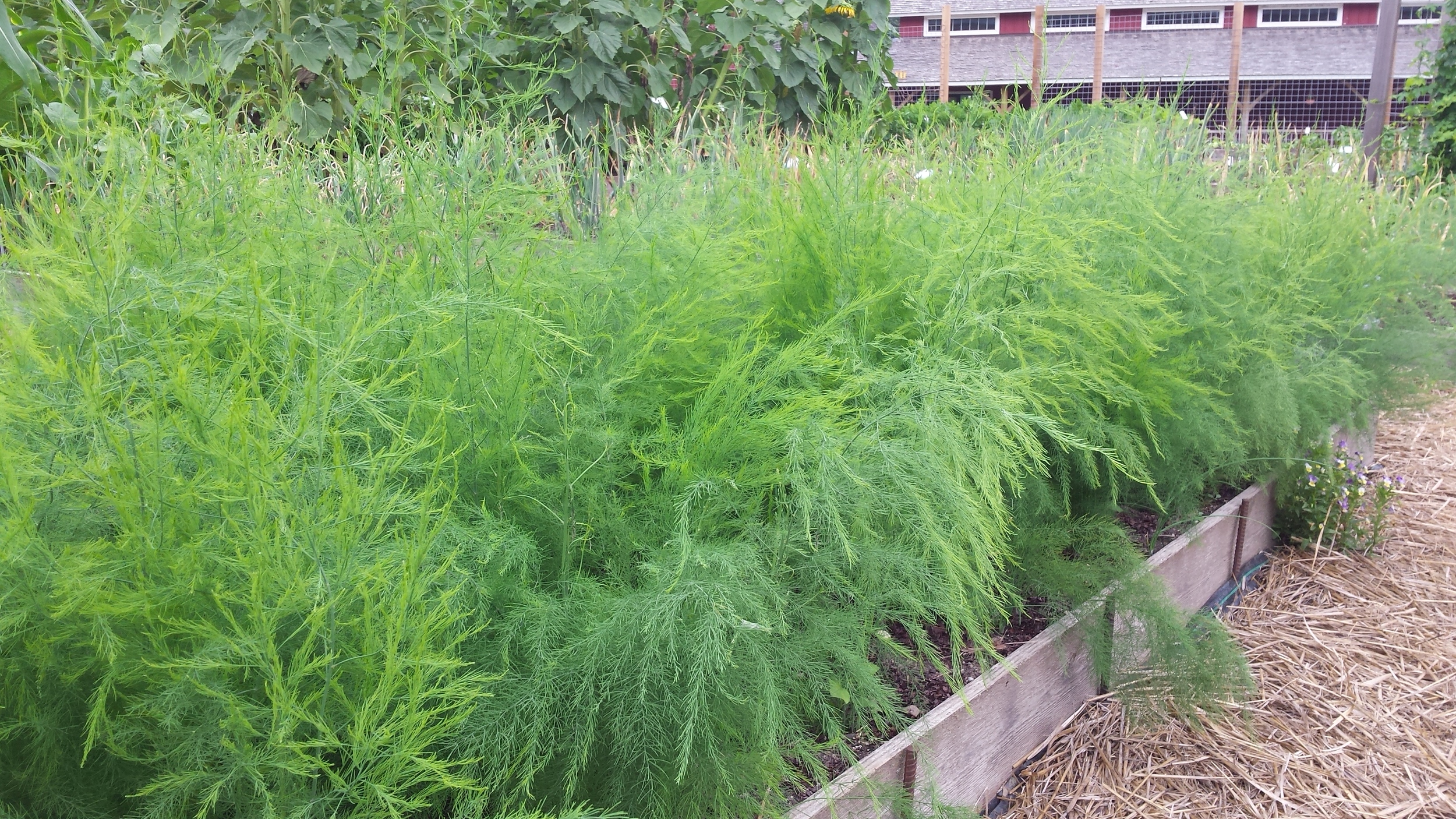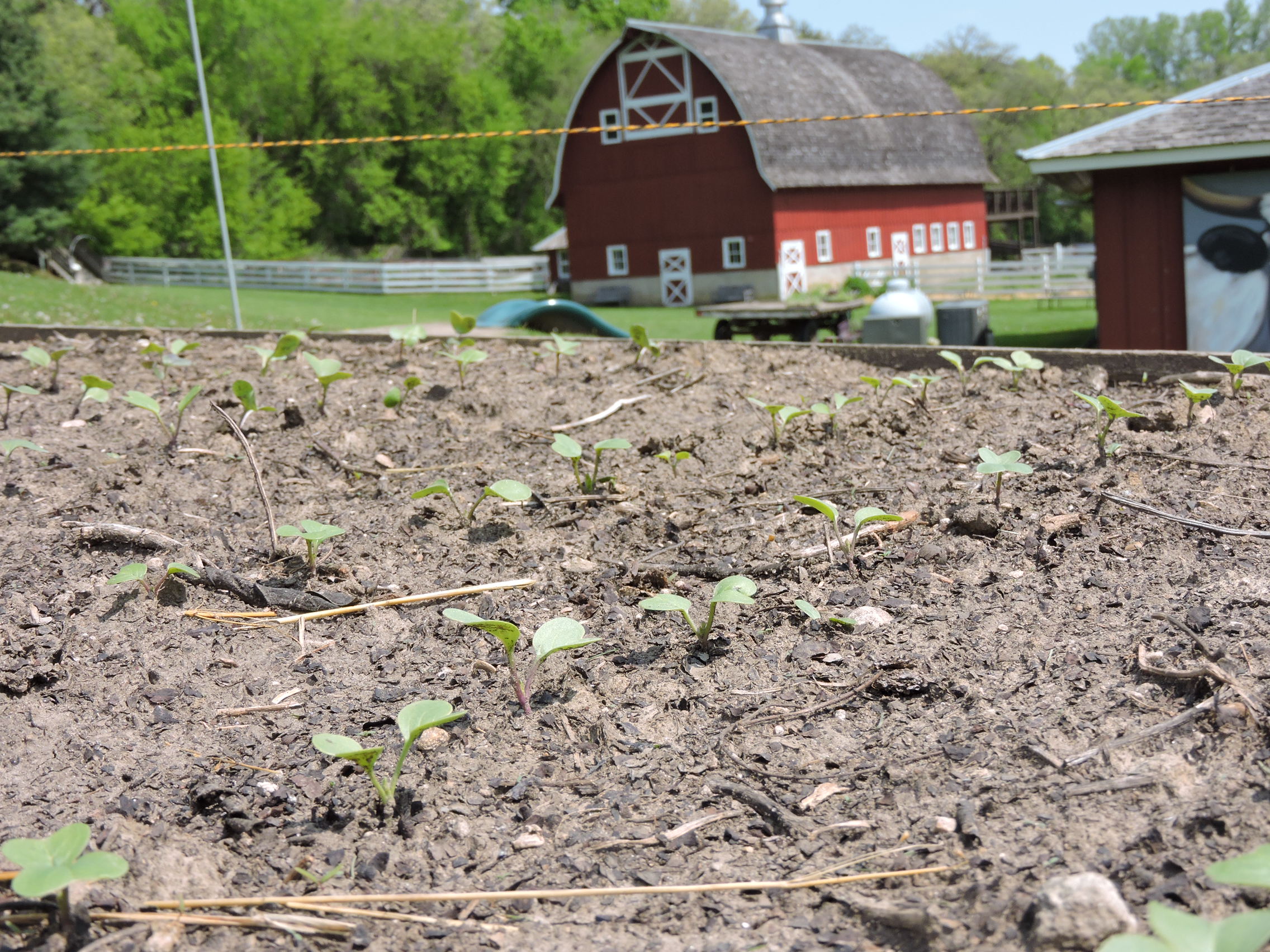Welcome to the New Evaluation Garden
/By Steffen Mirsky (horticulture technician) and Phil Kauth (assistant curator)
Visitors to Seed Savers Exchange may notice that the raised beds in front of the Lillian Goldman Visitor’s Center look a little bit different this spring. Since 2010 the area has been used primarily as a display garden to showcase varieties in the Seed Savers Exchange collection. This year, however, the gardens will serve as a research garden and contain our evaluation plantings.
The primary purpose of the evaluation program is to document varieties in the collection so that Seed Savers Exchange members (and the general public) can find varieties that suit their home gardening needs and inspire seed saving. In addition, evaluation staff verify the purity of varieties through lot checks, compare varieties that are potentially duplicates, and match our varieties to historical commercial varieties with careful comparisons to catalog descriptions.
Evaluation in Action - Assessing Duplicates
One of the most challenging activities that the Evaluation team performs is assessing potential duplicates in the collection. Over time, it is very easy for a true variety name to be altered or replaced entirely as it is shared among seed savers. Given that the Seed Savers Exchange collection has over 20,000 varieties donated by thousands of seed savers, there is a good chance that some varieties have been donated more than once under different names.
Determining whether or not two varieties with different or similar names can be inherently subjective. In order to determine if varieties are duplicates, we check to see if we can track them back to a common seed source, research published descriptions of the varieties, and then grow them side-by-side to see if they look identical.
In 2015, we evaluated a historic commercial variety named ‘Pink Plume’ celery. Since then, we have identified potential duplicate varieties in our collection, ‘Pink’ and ‘Giant Pink’. We found that all three were used interchangeably in the seed trade during the early 1900s. In the case of the ‘Pink Plume’ and its possible duplicates, we are growing all three varieties this year to compare them to each other.
Evaluation in Action - Matching varieties to historical descriptions
Recently the evaluation team has been conducting background research on all varieties grown for evaluation. By doing so, we often find varieties that have the same or similar names to varieties found in old seed catalogs. Many of these varieties have fallen out of the commercial trade, but faithful Seed Savers Exchange members have either donated seeds to us or shared these varieties amongst themselves. In order to match varieties, we scour old seed catalogs for varietal descriptions and pictures. We then grow varieties in the collection to match to these descriptions
This year we are growing a beet named ‘Improved Long Red Mangel Wurzel’. This name is strikingly similar to a variety named ‘Long Red Mangold Wurzel’ found in the 1900 Annabil Seed Company catalog, and described as a large, long variety with a light red exterior and white and rose-colored flesh that was used for cattle feed (even though mangelwurzel beets are typically used for cattle feed, the roots and leaves are most delicious when harvested young). If ‘Improved Long Red Mangel Wurzel’ matches this description we will promote it as a historical variety.
Come and visit!
Seed Savers Exchange welcomes and encourages all visitors to walk through the Evaluation Garden and learn more about the goals of the evaluation program. We are excited to share these new gardens with you and hope that you find them interesting, educational, and even beautiful! If you have any questions about the garden or about gardening, the the knowledgeable staff at the the Visitor’s Center are here to help all season long. And if you see the evaluation team working in the garden, feel free to talk with them as well.
What's Growing in the Evaluation Garden
